Onset or increased intensity/frequency of headaches and migraines after having children
Just had a baby? Life has changed with a new routine in place, one that is very repetitive yet unpredictable.
The emotions we feel after having a baby vary for everyone but are magnified and new to us. There is no right or wrong way to feel. Add to this the physical symptoms we are experiencing, and there is a lot to take in, let alone try to cope with head pain.
We know that the common underlying condition in headache and migraine is a sensitised brainstem. A sensitised brainstem means that your tolerance to normal events is reduced.
Why is the brainstem sensitised?
The brainstem receives information directly from the head as well as the upper cervical spine (top 3 structures in the neck). If there is a dysfunction present within the upper cervical spine, this will send noxious information into the brainstem, leading to the brainstem becoming sensitised.
Our posture leading up to giving birth is challenged by our center of gravity changing. Hormones, which relax the ligaments and soft tissue structures in the body, are not specific, so the structures at the top of the neck can be compromised.
The postures of new mums
When we are new mums, what postures do we find ourselves in? There is a LOT of sitting. We are recovering from the birth, and while we need to appreciate the healing process, which does involve a slower pace, this often involves sitting on a comfy seat with a slouched posture.
There is also a lot of looking down at our baby – baby snuggles are the best! They want and need us, but the position we are in does involve a lot of load to the top of the neck.
Feeding – breastfeeding and bottle-feeding generally involves sitting and looking down at the baby. In the early days, trying to latch the baby onto the breast is not always easy and involves a lot of sustained looking down.
Lifting and carrying – whenever we lift or carry something, we add load to our neck, especially when it is away from our body. Combine that with a forward head position, and this means we are adding a considerable load to the top of the neck.
Lifting the baby out of the cot or pram, carrying the baby capsule, and lifting the baby in and out of the car are some of the ways that can load the top of the neck.
So what can we do?
We appreciate that you will be in survival mode for the first few weeks and months. However, there are some things that can be done to decrease the stress and strain at the top of the neck and prevent the onset of head pain.
Sitting – try using the option of side-lying to assist in recovery and rest and take the load off our body and top of the neck. When we have to sit, ensure we sit tall and in a chair that supports us.
Avoid furniture that encourages a slouched position. Use pillows or cushions, where needed, while we build the strength to maintain these positions.
Looking down at your baby – again, using the option of side-lying and snuggling, or sitting supported with the baby in a good position on your chest, so we are not in that sustained forward head posture, or sitting tall and nodding to look down at your baby.
Feeding – whether you are breastfeeding or bottle-feeding, it is important to ensure a good postural and head position.
Using the option of feeding in the side-lying position. Have your midwife or lactation consultant check your latch. Ensure you are supported with a pillow so that your head is in line with your spine, lower arm out in front, baby in line with your breast, and upper arm controlling their head while latching/feeding.
Remember to relax your shoulders. With bottle-feeding, a similar concept applies. Ensure the correct position for baby while not compromising your own body position.
Feeding in sitting – sitting tall in a supportive chair that does not encourage a slouched posture. Use a feeding pillow(s) to ensure baby is at the correct height (if breastfeeding) and nod to look down while latching or feeding by bottle. Relax your shoulders.
Lifting and carrying – being mindful of your head position and head angle when leaning forward to place the baby in the cot or take them out. The goal is to maintain a neutral spinal position with the bend coming from your hips. Take a moment to reset your posture and head position before lifting. Hold the baby capsule with both arms close to your body rather than on one side.
It is important to try and avoid sitting in a slouched posture for any length of time, feeding the baby unsupported, leaning forward to bring the breast to the baby, and hanging your head forward when looking down.
Head pain from a musculoskeletal origin is not to be confused with pre-eclampsia headache or post-dural puncture headache – both of which are generally addressed when in the hospital or by your LMC.
If there is a dysfunction within the upper cervical spine, it is important to seek treatment and advice from a specialist in this area. Along with postural positioning, there are also exercises that can be done to help lower or eliminate head pain and build the strength required to help with desensitising the brainstem.
The team at The Headache Clinic are experts in this area and can tailor the correct treatment plan for you so you can get back to enjoying these precious days.
